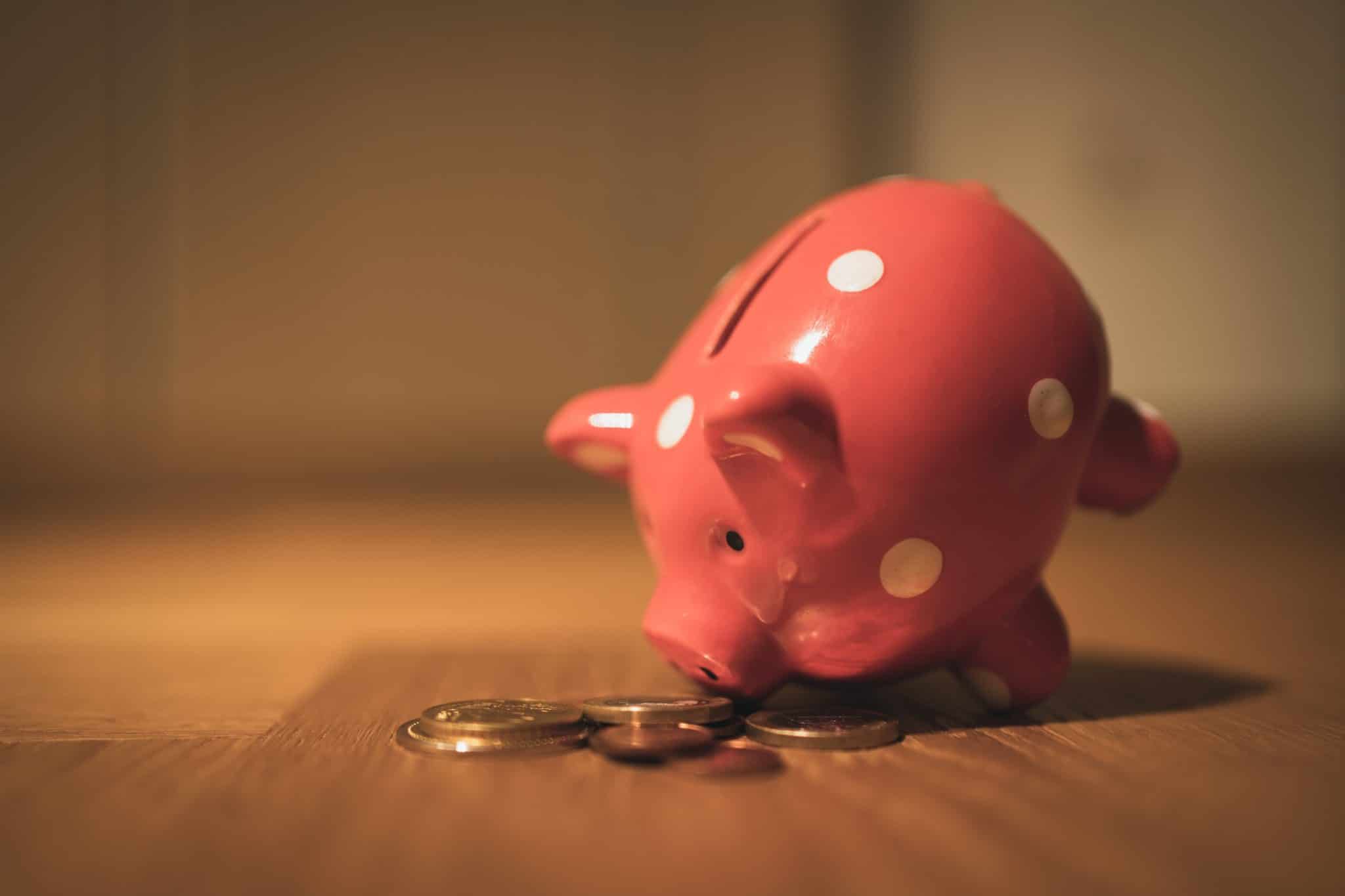Your Guide to Student Loan Forgiveness
Updated: June 19, 2024

According to Forbes, student debt in the United States was at a whopping $1.6 trillion as of 2020. With 45 million borrowers, student loans rank second in the consumer debt category with mortgage debt being first. As tuition prices skyrocket, loans are becoming increasingly more expensive and unmanageable. While this information may cause you to feel even more overwhelmed about paying your loans, have no fear! There is hope. Student loan forgiveness is a true savior; giving you the ability to either be free and clear of your loan or not have to pay for a portion of it.
Here’s all the information you need to make your wallet a little heavier.

What is Student Loan Forgiveness?
Student loan forgiveness is a federal program that was established in 2007. Its goal was to encourage more college graduates to go into public service rather than work in the private sector. The basic pitch was this: work for the public sector, and after ten years of consistent loan payments, the rest of your federal student loans will be forgiven.
It has since then gone through a lot of adjustments to better the system since the process was confusing and hard to utilize. Simply, student loan forgiveness means that you may not have to pay some or all of your federal student loans. If you would like to have your loan forgiven, you must apply and continue paying what’s due until your application is approved.
Student Loan Forgiveness Under the Biden Administration
On October 6th, 2021, President Joe Biden and the U.S. Department of Education announced their plan to drastically alter the floundering Public Service Loan Forgiveness program. The government is relaxing some of its rules until October 2022 in order to assist more individuals to be included in the program.
Forbes magazine reports that some of the major changes include: “counting student loan payments for FFELP and Perkins Loans, counting student loan payments made under the wrong student loan repayment plan, and counting student loan payments that were late or made with the wrong amount”.
All these additions make it much more possible to have your loan forgiven. Once the changes go into effect, the government estimates that an additional 550,000 people will have their loans forgiven in some manner.
Remember, student loan relief due to COVID will end January 31st, 2022, so now’s the time to consider student loan forgiveness. Since President Biden has taken office, $11.5 billion in student loans has been canceled. If you go through the proper channels, yours can be forgiven as well.
Who is Eligible for Student Loan Forgiveness?
By now you’re probably sitting at the edge of your seat and wondering: would I qualify for this student loan forgiveness program? If you are a public sector employee or work for a non-profit, you’re in luck.
Teachers, nurses, first responders, and military members all have a chance to get their loans forgiven. As of October 2021, employees who haven’t missed a payment for ten years and meet the job qualification are eligible to get their loan forgiven; regardless of what repayment plan or federal loan they have. In addition, the department will count active military service toward the ten years of having the job, even if the payments weren’t paid on time. Now is the best time to really do your research to see if you qualify, quickly, before the deadline rolls about in October 2022.
Key Terms: Loan Forgiveness vs. Cancellation vs. Discharge
It’s easy to get confused with all the different financial terms as you try to figure out if you can get your student loans forgiven.
The terms “forgiveness” or “cancellation” refer to when you don’t have to continue loan payments due to your public sector or non-profit job. This is not to be confused with the word “discharge,”, which means that you don’t have to pay loans due to other situations like complete disability or if the school which provided your loans has since closed. Even though these words mean similar things, keep them in mind as you continue to research.

How to Apply for Student Loan Forgiveness
There are multiple ways to be approved for student loan forgiveness. Let’s break down a few so you know how to apply.
If you have a total and permanent disability, you can apply for a student loan discharge. After checking the qualifications for public service loan forgiveness (including making 120 monthly student loan payments), you can fill out the Public Service Loan Forgiveness form. This form must be submitted annually or if you change employers.
Getting teacher loan forgiveness is a little more complex because there are a bunch of qualifications. Among the possible requirements is teaching for five full and consecutive years in a low-income school or educational service agency. Or, if you are going to teach for at least ten years you may be able to get a student loan cancellation with public service loan forgiveness. You can fill out a form for teacher loan forgiveness here.
Something to note is that you can get your student loans forgiven if you can prove that your university or college wasn’t upfront or honest about certain aspects of your loan. You may need to prove that the school violated state law in regards to student loans. You can apply due to borrower defense to repayment using this form.
The Bottom Line
Now that you have so much information on student loan forgiveness, you’re a step ahead in the tricky financial game. By now, you know exactly who qualifies for student loan forgiveness and the steps you should take in order to begin the process.
Without the proper research or resources, getting your student loans forgiven can be very difficult. If you haven’t already plunged into the realm of taking student loans, you should consider enrolling at the University of the People—an online, tuition-free college. If you already are piled up in student debt, don’t worry! If you qualify for student loan forgiveness, you can work to ease your financial burden.
